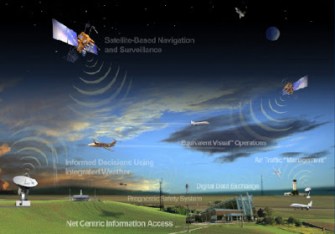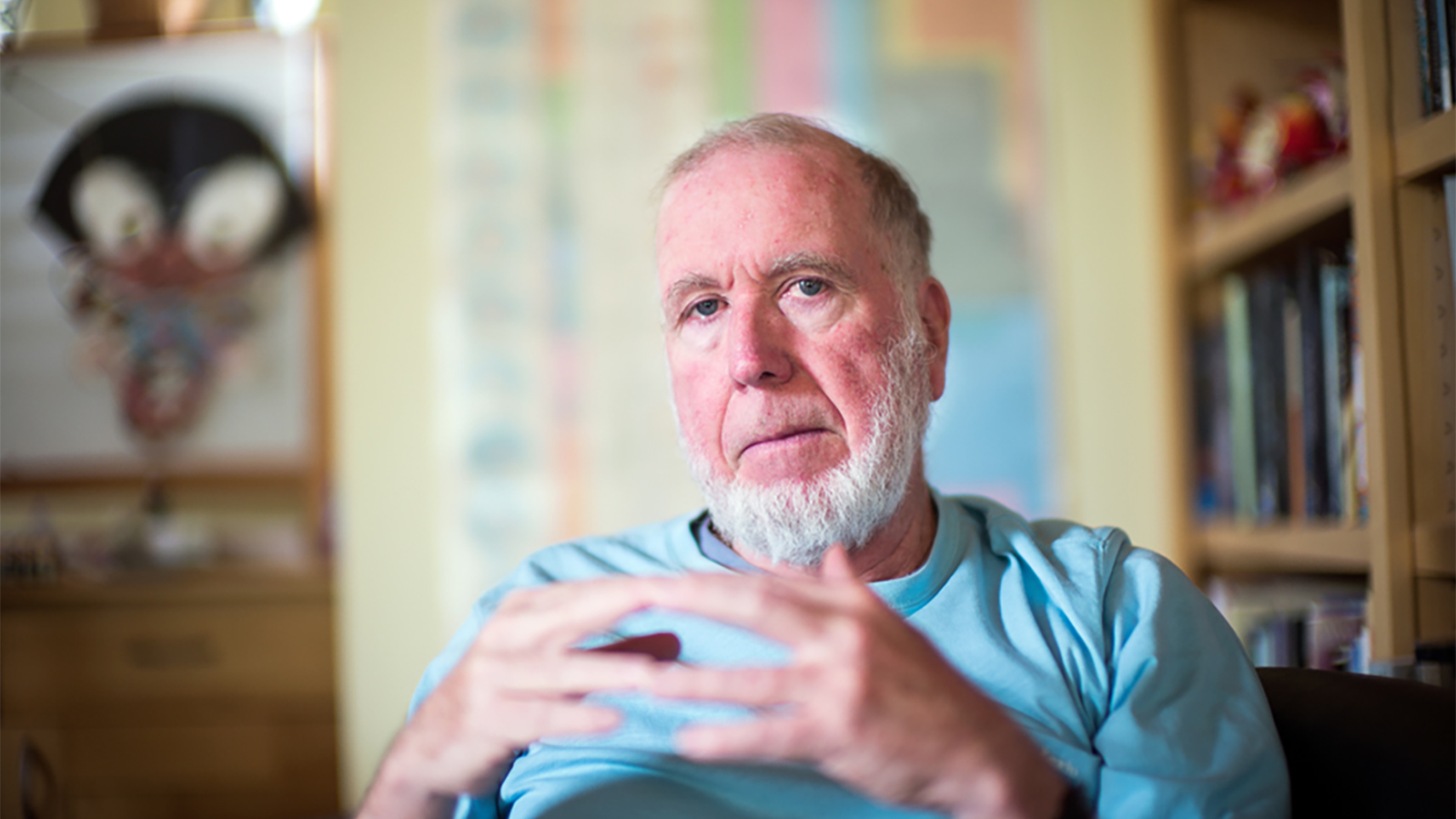A Few More Words on Aging Baby Boomers and the Coming Mobility Gap
My commentary onthe transportation needs of an aging America (How to Avoid a Surge of Shut-Ins)appeared October 20, 2010 in the New York Times Opinion section Room for Debate. I argue thatthe convergence of a more active, more numerous, and more demanding olderpopulation with a national transportation system that suffers from both structuraland operational limits is leading the country to a coming mobility gap.By 2021, the baby boomers will beginturning 75. While 75 in 2021 is likely to be far younger than 75 a decade agoor today, physical changes associated with natural aging and a transportationsystem unchanged will present significant barriers to a population who wishesto remain connected, productive and engaged. See previous post Older Driver Debate: Safety, Personal Mobility & the Policy Road Ahead. In this post I add a few additionalpoints and links to resources that do not appear in the New York Times commentary.
Push the car: For most Americans the car is less about transportation than it isabout independence and freedom. Driving is more than ‘getting there’,it is the glue that holds all the activities that we call life together. Contributor to the Room for Debate commentary, RAND’s David Loughran suggests that improved vehicle design,application of intelligent transportation systems to the car andto the infrastructure will improve mobility and safety for everyone across thelifespan. See my earlier entry New Car Technology & Older Drivers.

Rethink public transportation: Most people over age 50 do not live within easyaccess of public transportation and for others there are both real andperceived barriers to using transit. Today public transportation is stillmanaged as a system of routes rather than a system of vehicles. What would happen if public transportation fully leveragedinformation communications technologies to operate transit like an air trafficcontrol system? Instead of managing just public buses and trains why not usecommunications to integrate private taxis, demand response vehicles, and thewide array of regional public and private fleets into a single system that could manage and respond to public requests for transportation? Connectinga regional system of vehicles to cell phones, computers, cable television boxes,etc., would provide real time visibility and response to riders and optimizepublic as well as private investment in vehicles and infrastructure. Rethinkingpublic transportation to serve where and when people want to travel will bringnew life to transit and viable mobility choices to all.
Build age-ready communities: new urbanism, transit-oriented development, and livablecommunities are all visions of development patterns that provide accessibility,environmental quality and the intensity and density of activities often desiredby people of all ages. See previous post What (some) Baby Boomers Want in a Retirement Community. However, these visions take time. It took nearly acentury to develop the land-use patterns and transportation systems that weboth enjoy and sometimes loathe today.
But, immediateimprovements are possible. As AARP’s Elinor Ginzler suggests in an accompanyingcommentary, communities can better integrate biking, walking, and demandresponse transportation alternatives for people of all ages. Improved signage,lighting, curb cuts, and walkways that include amenities such as benches are inviting to everyone.
Individual action: A transportation system is made up of vehicles, infrastructure and –although often forgotten – people. So while we may improve the car, the roads,transportation alternatives and community design what can individuals do?
Transportation must beplanned for. Just as we plan for financial and health security in retirement weshould think about how we will move in older age. This may mean choosing a carthat enables easy ingress and egress, technologies that compensate for diminishedcapabilities (e.g., night vision, wider mirrors), and safety features to protectus as we age. For those who are fortunate enough to relocate to dream retirement destinations – consideration of accessibility and mobility should beas important as beachfront views and tee times.
Yale University MedicalSchool Professor Richard Marottoli writes on the same page about personalhealth and its impact on safe driving. Age is a weak predictor of driving ability but health conditions dopredict performance behind the wheel. Therefore, managing chronic disease, maintainingphysical flexibility and strength, monitoring changes in personal health, and workingwith physicians/pharmacists to manage medications are critical factors todriving longevity.
Helpful Resources
The MIT AgeLab and the New England University Transportation Center have worked with The Hartford Financial Services Group and their Advance 50 Team for more than a decade. That research partnership has produced several public education guides that provide valuableinsight and instruction to older adults and their families on safe driving and thepainful discussion of driving cessation. Links to these free publications arebelow:
We Need to Talk: Family Conversations with Older Drivers(pdf click here)
Your Road Ahead: A Guide to Comprehensive Driving Evaluations (pdf click here)
At the Crossroads: Family Conversations about Alzheimer’s Disease, Dementia & Driving (pdf click here)
For more information see:
Interview on older driver safety with Lisa D’Ambrosio, PhD, MIT AgeLab & Jodi Olshevski, Advance 50 The Hartford (video click here)
The Hartford Financial Services GroupLife Ahead, provides resources on aging, safe driving and other critical issues facing older adults and caregivers.





